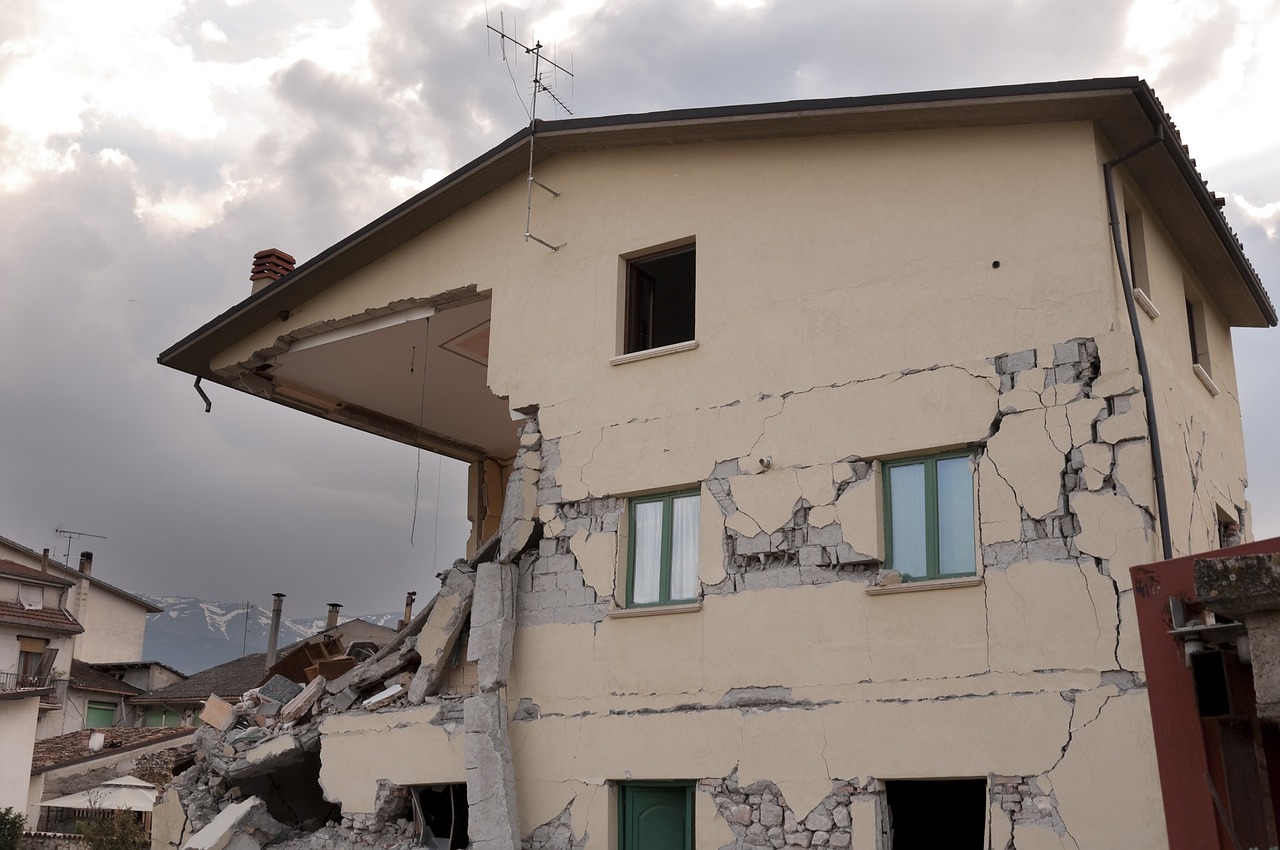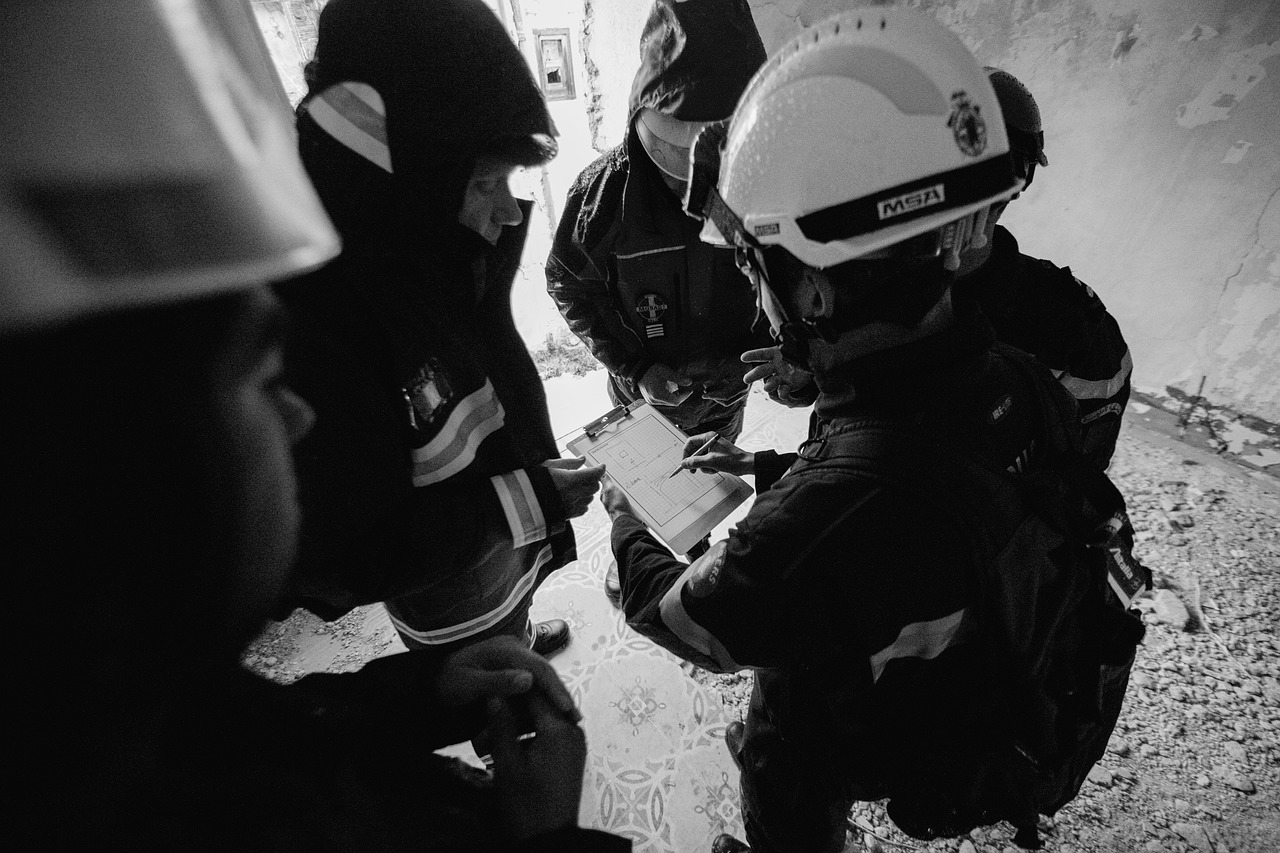Disaster rehabilitation and recovery refer to the comprehensive efforts and strategies undertaken to address the physical, emotional, and socio-economic impacts of a disaster. It involves restoring essential services, rebuilding damaged structures, and assisting affected individuals and communities in reclaiming their lives.
The focus extends beyond mere reconstruction, encompassing a holistic approach to heal and uplift those affected.
Table of Contents
Importance of Disaster Management in Rehabilitation
Disaster management plays a pivotal role in the effective execution of rehabilitation and recovery efforts. By embracing preparedness, swift response, and proactive planning, disaster management minimizes the impact of disasters and facilitates a seamless transition into the rehabilitation phase.
It ensures that resources are allocated efficiently, and aid reaches the most vulnerable populations promptly. Disaster management acts as the foundation upon which successful rehabilitation and recovery initiatives are built.
Difference Between Rehabilitation and Reconstruction
Disaster rehabilitation and reconstruction are two interconnected phases, each serving distinct purposes in the aftermath of a disaster. While they share the common goal of recovery, they differ in their scope and focus.
Rehabilitation primarily concerns itself with the restoration of essential services and infrastructure to pre-disaster levels. It involves repairing damaged structures, reestablishing access to utilities, and ensuring that basic amenities are available to affected communities. The focus here is on immediate needs, aiming to stabilize the situation and create a foundation for long-term recovery.
On the other hand, reconstruction goes beyond rehabilitation by seeking to improve and enhance infrastructure and services. It involves more extensive and often transformative efforts to rebuild in a manner that accounts for lessons learned from the disaster. Reconstruction may encompass urban planning that enhances disaster resilience, introducing new technologies, and improving overall community well-being.
Key Objectives of Disaster Rehabilitation
The objectives of disaster rehabilitation are comprehensive and centered around restoring stability and functionality to affected regions. Some key objectives include:
- Rapid Response: Acting swiftly to provide immediate aid and support to affected individuals and communities, including emergency medical care, shelter, food, and clean water.
- Infrastructure Restoration: Repairing damaged infrastructure, such as roads, bridges, schools, hospitals, and utilities, to ensure essential services are available.
- Humanitarian Assistance: Offering psychosocial support, trauma counseling, and mental health services to those who have endured the emotional toll of the disaster.
- Livelihood Restoration: Facilitating the recovery of livelihoods by assisting individuals and businesses in resuming their economic activities.
- Resilience: Strengthening the resilience of communities by engaging them in the rehabilitation process, fostering social cohesion, and empowering local leadership.
- Environmental Considerations: Ensuring that rehabilitation efforts are sustainable and environmentally responsible, avoiding further degradation or exacerbation of vulnerabilities.
Challenges Faced in the Rehabilitation Process
The path to successful disaster rehabilitation is laden with challenges that require thoughtful planning and collaboration. Some of the significant challenges include:
- Resource Constraints: Limited funding and available resources can hinder the speed and scale of rehabilitation efforts, leading to delays in recovery.
- Coordination and Communication: Effective coordination between various agencies, government bodies, NGOs, and international organizations is crucial for streamlined rehabilitation. Poor communication can result in overlapping efforts or gaps in assistance.
- Community Engagement: Engaging and involving affected communities in the rehabilitation process is essential for ensuring that initiatives align with their needs and priorities.
- Infrastructure Complexity: Rehabilitating complex infrastructure, such as critical lifelines, might require specialized skills and technical expertise.
- Post-Disaster Trauma: Dealing with the psychological aftermath of a disaster and providing adequate mental health support is a critical but challenging aspect of rehabilitation.
- Long-Term Sustainability: Balancing immediate needs with long-term sustainability goals is crucial to avoid repeating vulnerabilities in the face of future disasters.
Role of Disaster Management in Rehabilitation
Disaster management plays a critical role in facilitating effective and efficient rehabilitation efforts following a disaster. It encompasses a comprehensive approach that spans from pre-disaster planning to long-term recovery, aiming to minimize the impact of disasters and facilitate a smooth transition into rehabilitation.
Pre-Disaster Planning and Preparedness
- Risk Assessment and Mitigation: Disaster management involves conducting risk assessments to identify potential hazards and vulnerabilities in a region. Mitigation strategies are then developed to reduce the impact of disasters on communities and infrastructure.
- Emergency Plans: Disaster management authorities collaborate with various stakeholders to formulate emergency response plans. These plans outline roles, responsibilities, and procedures for different phases of a disaster, including rehabilitation.
- Resource Allocation: Disaster management involves strategic resource allocation to ensure that sufficient supplies, equipment, and personnel are readily available to respond promptly to emergencies.
- Training and Capacity Building: Continuous training and capacity building programs are organized for first responders, local authorities, and community members to enhance their preparedness and response capabilities.
Immediate Response and Emergency Relief
- Coordination and Command: Disaster management agencies take the lead in coordinating emergency response efforts, ensuring a structured and organized approach during the initial phase of rehabilitation.
- Search and Rescue: Disaster management teams deploy search and rescue operations to locate and assist individuals trapped or stranded due to the disaster's impact.
- Provision of Basic Necessities: Immediate relief efforts include providing emergency shelter, food, clean water, medical aid, and essential supplies to affected communities.
- Assessment and Data Collection: Disaster management teams conduct rapid damage assessments and data collection to understand the scale of the disaster's impact, guiding subsequent rehabilitation plans.
Long-Term Rehabilitation and Recovery Efforts
- Comprehensive Planning: Disaster management authorities collaborate with experts, stakeholders, and community representatives to develop comprehensive rehabilitation plans that align with the specific needs of the affected areas.
- Infrastructure Restoration: Overseeing the repair and reconstruction of damaged infrastructure, including roads, schools, hospitals, utilities, and other critical facilities.
- Livelihood Support: Disaster management agencies work to restore livelihoods by providing assistance and resources to individuals and businesses affected by the disaster.
- Community Support Programs: Initiatives such as psychosocial support, counseling, and mental health services are organized to address the emotional trauma experienced by individuals and communities.
Collaboration between Government, NGOs, and Communities
- Multi-Agency Coordination: Disaster management fosters collaboration between government agencies, non-governmental organizations (NGOs), international bodies, and community-based organizations to pool resources and expertise.
- Local Community Empowerment: Engaging local communities in the rehabilitation process ensures that recovery initiatives align with their needs and cultural considerations, promoting ownership and sustainability.
- Public Awareness and Education: Disaster management facilitates public awareness campaigns and educational programs to enhance disaster preparedness and resilience among the general population.
Assessing Post-Disaster Needs
Evaluating post-disaster needs is a crucial step in the disaster rehabilitation and recovery process. It helps in identifying the specific requirements of the affected communities and individuals, enabling organizations and agencies to design effective and targeted recovery programs. Here are the steps to evaluate and assess post-disaster needs:
- Conduct Initial Assessments
- Assemble a Multidisciplinary Team
- Conduct Comprehensive Surveys
- Analyze Data and Identify Priorities
- Develop a Comprehensive Recovery Plan







